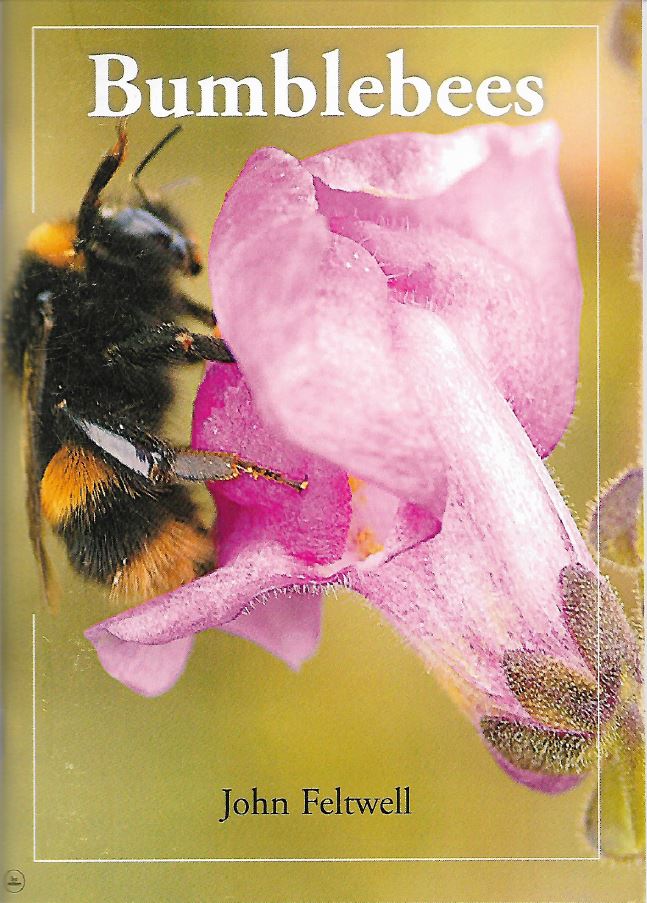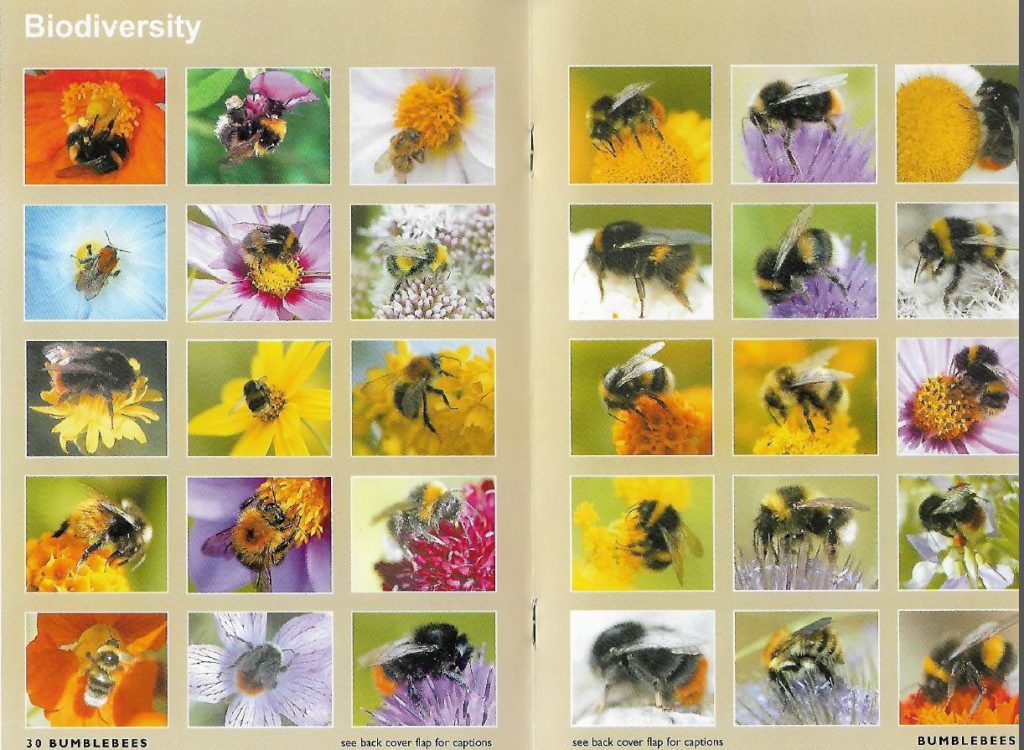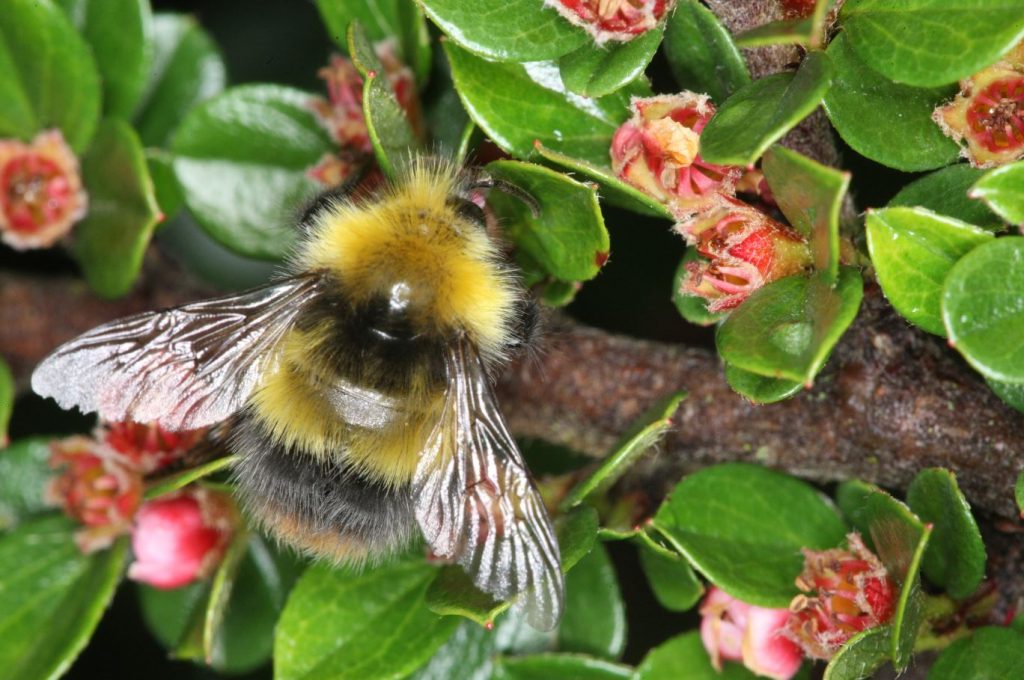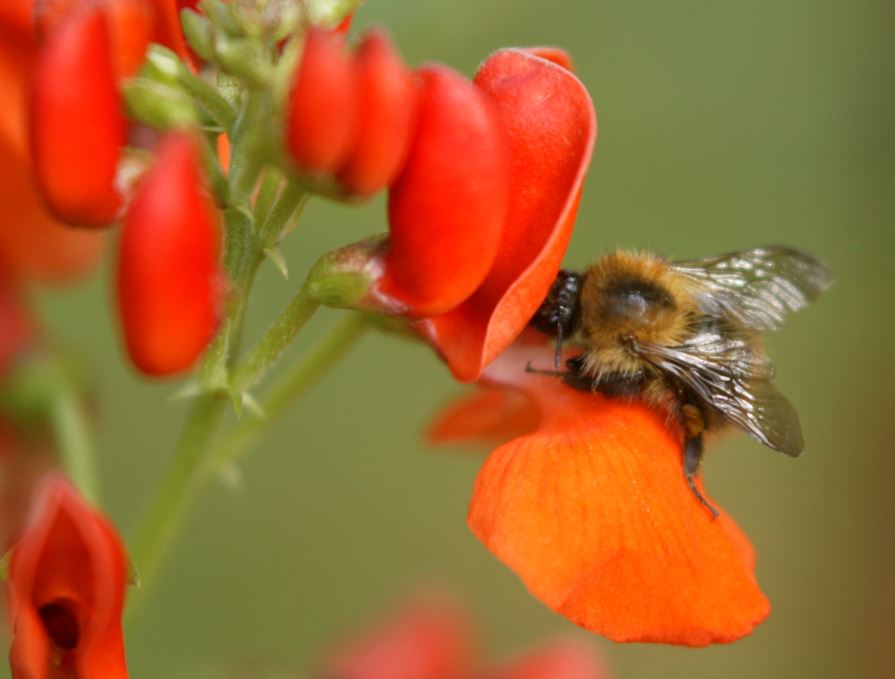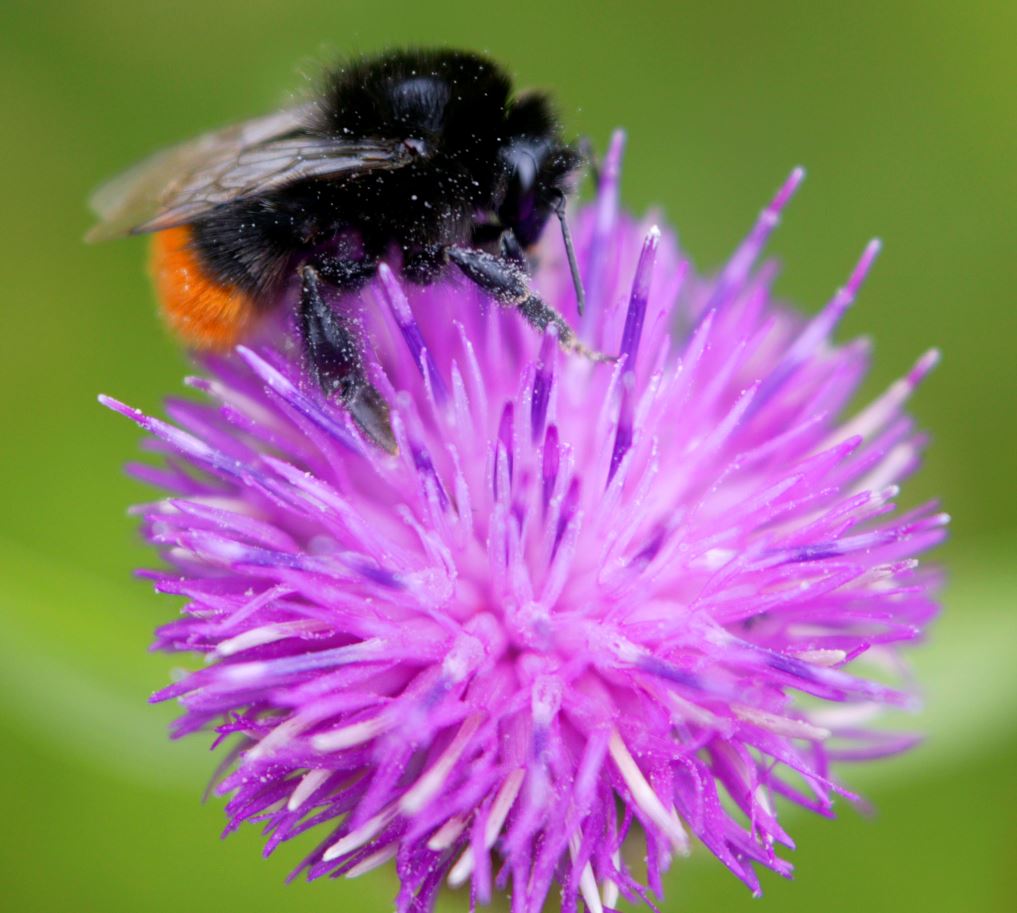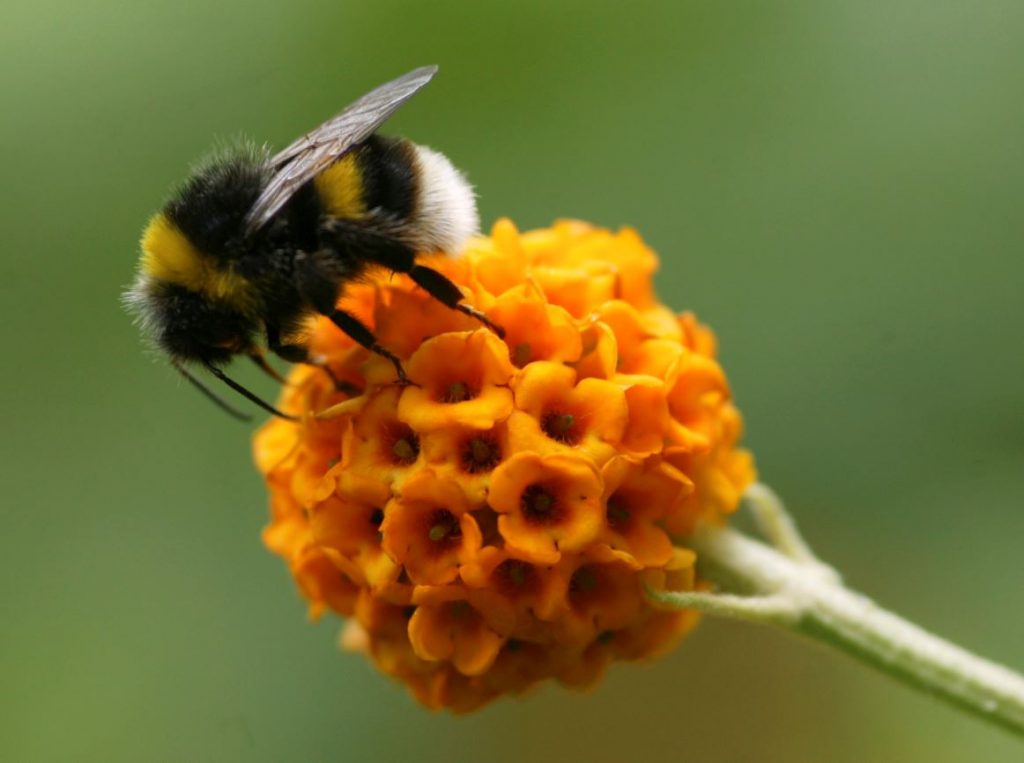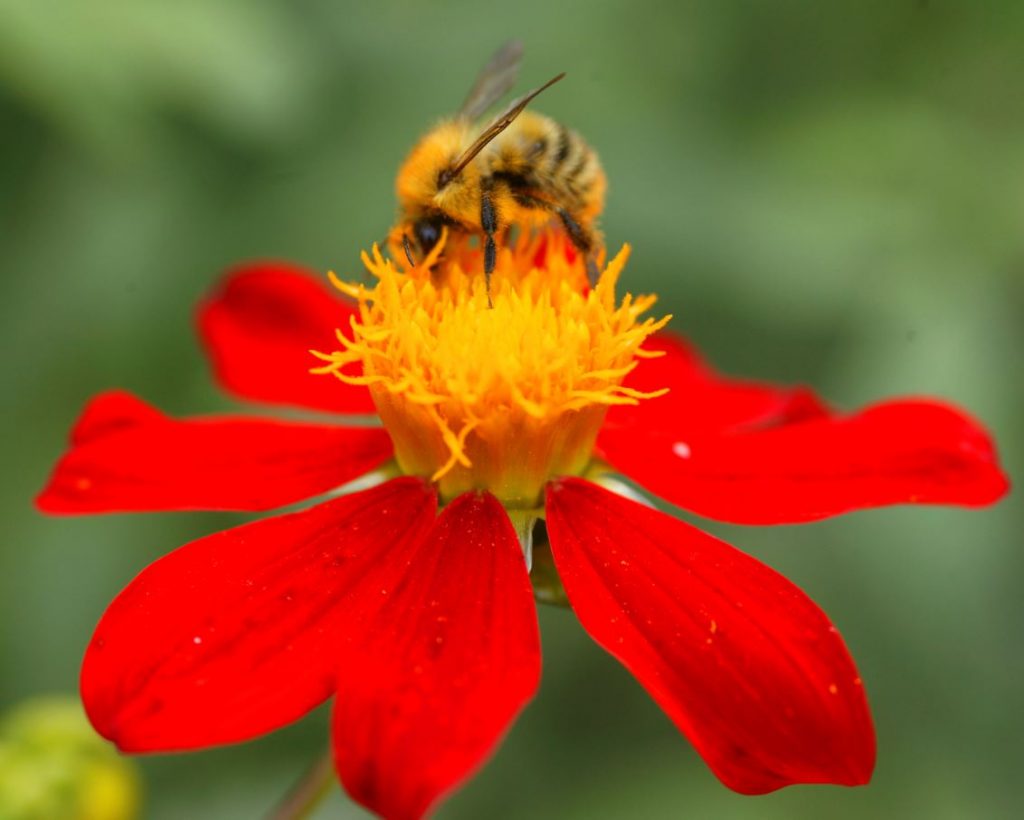The Bumblebee Book, A guide to Britain & Ireland’s bumblebees. 2020. By Nick Owens. Totnes, Pisces. Hardback, ISBN 978-1-874357-98-8. 186pp £19.95
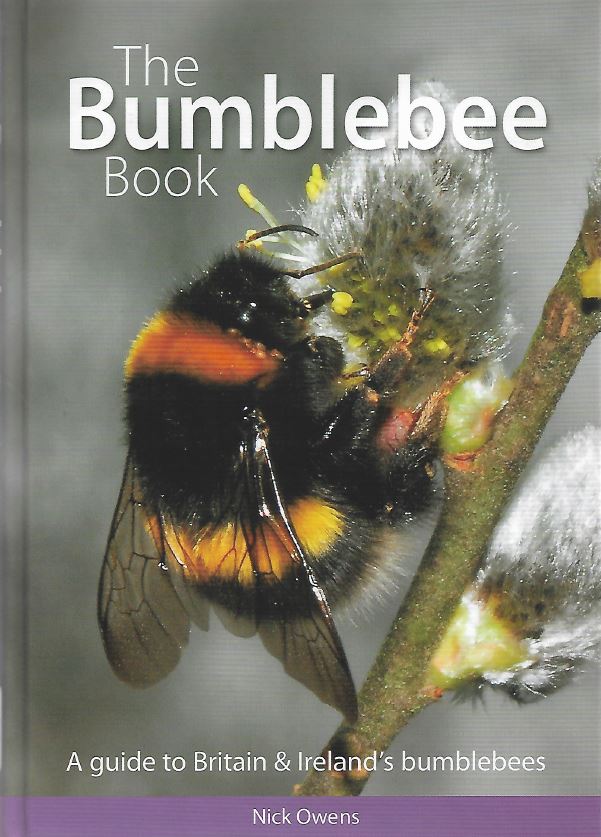
The author’s last book with Pisces Publications was The Bees of Norfolk (2017) but this one emcompasses all of Britain and Ireland. It is a remarkable book. Probably the best book on bumbles to date. The quality of the colour photographs is staggering. Each of the 27 species of bumblebee is shown with a full page view showing the typical features, and then a range of photos showing the typical habitat, sex differences, variation, island races, and range of nectar sources. Full details for each photo is given, place, date and who shot it. Each species is given a distribution map, sizes of sexes etc and several hundred words description about its various features. The cuckoo bumblebees are particularly well covered and it is nice to see them here for the first time in a book exceptionally well described, with the amazing colour photographs selected to show every feature and variation. The author’s photos are supplimented with those from 28 other people, some of these are amongst the 61 mentioned in the acknowledgements who have assisted with getting the book to press, such as bumble experts such as Benton, Edwards, Else, Falk and Gammans to name but few. The foreword is by Prof. Dave Goulson. Not only are the species descriptions comprehensive and occuping the first 100 pages, but the rest of the book is a comprehensive foray into the natural history of bumblebees. There are illustrated chapters on flowers, pollen, more information on cuckoos, colours, predation and mimicry, parasites, populations, conservation and photography. The blurb says it is an easy introduction to those new to bumblebees, and also provides the more experienced enthusiast with a wealth of information… I agree and it has succeeded. The only addition I would make is to include the newly arrived invasive Asian Hornet to Britain, in the predators section, as they only take a few minutes to overpower and dismember bumblebees. Altogether, it is a superb book for all bumblebee enthusiasts and it is not likely to be bettered in the near future.
BUMBLEBEES: Bumblebees are very industrious and stay out longer foraging after honeybees have gone back to the hive. There are now 24 species of bumblebee in Britain (three have gone extinct) and they are identified by their bands of colours especially their white, red, ginger and yellow tails. They are an exciting group of insects to study, and a few of the ‘Big Seven’ bumblebees are likely to be around your area to research; they are the Buff-tailed, common carder bee, red-tailed, white-tailed, early bumblebee, garden bumblebee and the tree bumblebee – the latter is a recent arrival from the continent. Here are some photographs of bumblebees that appeared in my own book.
